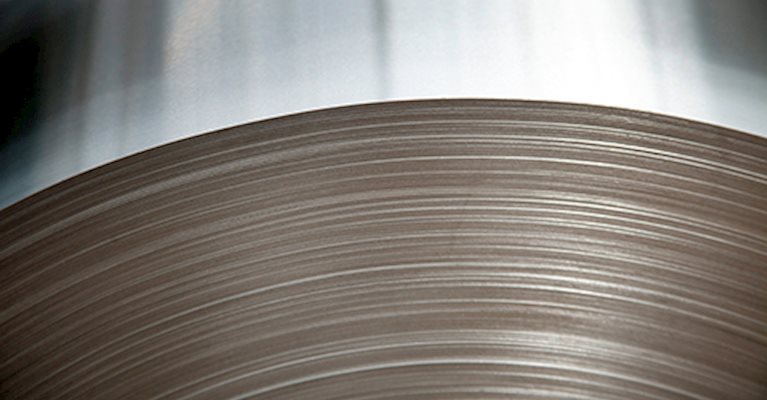Roll Cleaning in Metals Processing: An Interview with Lori Kelly
 A major challenge in metals processing is dirty rolls. I had the opportunity to interview Lori Kelly and learn from her expertise about these challenges and various solutions. Lori Kelly, a business development manager for Kadant Solutions, has been working with metals processing mills in the U.S. for 20 years. During her tenure, Lori has been highly focused on learning the process of steel production and how to provide solutions to decrease scrap and improve sheet quality.
A major challenge in metals processing is dirty rolls. I had the opportunity to interview Lori Kelly and learn from her expertise about these challenges and various solutions. Lori Kelly, a business development manager for Kadant Solutions, has been working with metals processing mills in the U.S. for 20 years. During her tenure, Lori has been highly focused on learning the process of steel production and how to provide solutions to decrease scrap and improve sheet quality.
V: What is a challenge you see across the board in metals processing mills?
L: Sheet defects is the number one challenge these mills are facing. Basically, a sheet defect is any debris such as dirt, oil, zinc flakes, and rust that get caught on a roll and transfer to a sheet. When this happens a portion or the entire roll must be scrapped, if it’s not caught in time.
V: How are you seeing mills dealing with sheet defects?
L: Hand or manual cleaning of the rolls when they find a sheet defect is most common. Sometimes a cerastone scrubber pad is manually set on a roll and acts as sandpaper. Safety is a concern, and these manual methods are not easy to use, and they don’t clean the roll face consistently.
V: You’ve mentioned cleaning rolls a couple times. What’s a common misconception about roll cleaning that you hear when working in mills?
L: Most people try to put a roll cleaner where they visually see the problem, which is at the very end of the process. So, they think trying to solve the problem when it’s almost to the coiling process is the answer. However, the problem needs to be caught prior to the end process. The more rolls being cleaned earlier in the process, the better quality the sheet will have by the time it gets to the coiling stage.
V: A high-quality sheet is obtained when more rolls are cleaned earlier in the process. What are some of the roll types and your recommendation for cleaning?
 L: For bridle, pinch, deflector, wringer, turn down, steering, tower, tension level, temper rolls, I recommend the VeriLite™ roll cleaner assembly because it can fit in a compact space. The roll and sheet path don’t leave much room, so the compact VeriLite roll cleaner assembly won’t interfere with the sheet path. There’s typically a top and bottom assembly to keep the entire sheet path free of debris that can lead to sheet defects.
L: For bridle, pinch, deflector, wringer, turn down, steering, tower, tension level, temper rolls, I recommend the VeriLite™ roll cleaner assembly because it can fit in a compact space. The roll and sheet path don’t leave much room, so the compact VeriLite roll cleaner assembly won’t interfere with the sheet path. There’s typically a top and bottom assembly to keep the entire sheet path free of debris that can lead to sheet defects.
Accumulator and looper rolls are different. Because most of these rolls move and climb vertically it can be challenging to get compressed air that high. Leaving an air hose running the height of the machine isn’t the most functional. For these rolls, I recommend the VeriKleen™ roll cleaner assembly because it has a pressure rig that provides the consistent pressure needed across the roll surface without requiring an air hose which could get pinched.
You can connect with Lori via LinkedIn.
